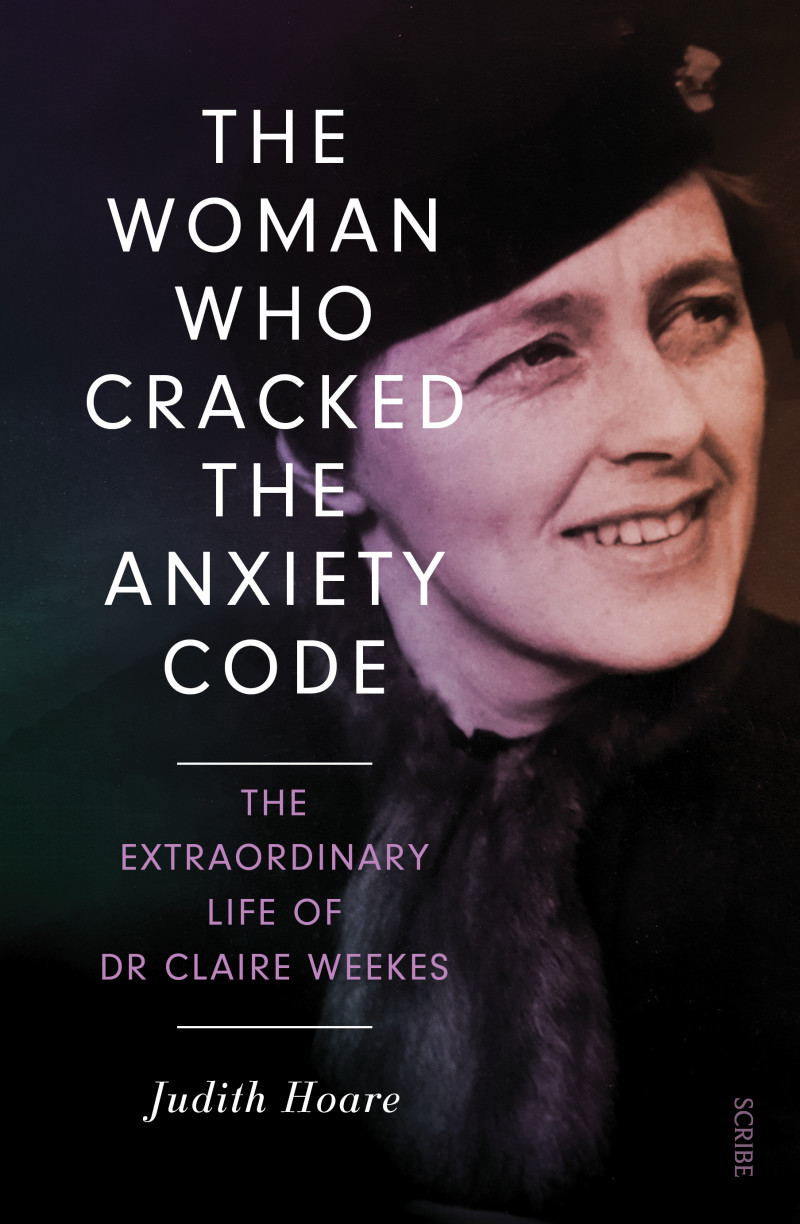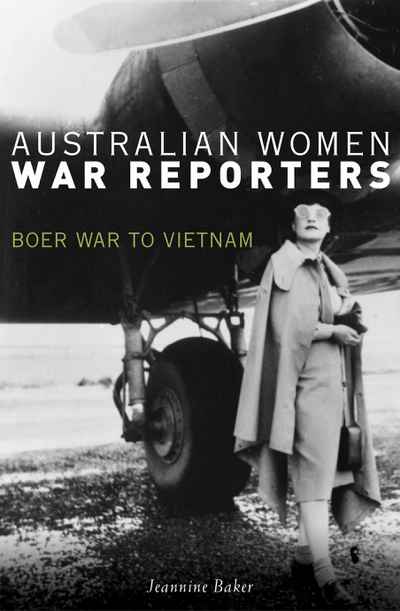One came down to my wall garden this morning to sample the Aeonium flower. They are nectar eating but I'm not sure if this provided much. The miner didn't stay long, but I was lucky enough to be able to capture it with my phone.
They are not the sharpest photos, but still good enough.
Fortunately, the doves were not around at the time. They had come, eaten and gone long before.
Books
This morning's email brought a newsletter from the Sydney Girls' High School Old Girls Union, my alma mater. Amongst news of the school's management of learning during the pandemic were reviews of four recent books that focus on, or feature, Old Girls of the school. It caught my interest, in terms of biography and history of women. I managed to find and order copies of all of them. I do most of my reading on a Kindle, Kobo or iPad from choice, but I thought friends might be interested in reading some of these and it is easier to loan hard copies, so order those.
Skip the following reviews if you are not interested. They are from the newsletter mentioned above. I knew something of 'Mrs Mac' and Louisa Mack, but not Zora Cross or Claire Weekes. I will be happy to loan the books when I have read them. If anyone overseas is interested, all of the books are available in electronic form. The years in brackets indicate the year of graduation from the school.

Reviews
“The Shelf Life of Zora Cross” by Cathy Perkins, Monash, 2020. Australian poet and journalist Zora Cross (1908) caused a sensation in 1917 with her book “Songs of Love and Life”. Here was a woman who looked like a Sunday school teacher, celebrating sexual passion in a provocative series of sonnets. She was hailed as a genius, but her fame did not last. She is described, however, as a key personality of Australia’s literary world in the early twentieth century. In this book the author reveals the life of a neglected writer and intriguing person.

“The Woman who Cracked the Anxiety Code: the extraordinary life of Dr Claire Weekes” by Judith Hoare, Scribe, 2019. The true story of the little-known mental health pioneer who revolutionized how we see the defining problem of our era: anxiety. Claire Weekes (1921) was the first woman to earn a Doctor of Science degree at the University of Sydney before embarking on a career in medicine. She was dismissed as underqualified and too populist by the psychiatric establishment, but she developed a practical treatment for anxiety – now seen, 30 years after her death, as state of the art.

“The Secret Code-Breakers of Central Bureau: how Australia’s signals intelligence network helped win the Pacific War” by David Dufty, Scribe, 2017. Central Bureau was the Australian equivalent of the UK’s major code-breaking operation Bletchley Park. With the armed forces stretched to the limit, there were severe shortages in specialised skills, particularly signals. In late 1940, the navy had placed an advertisement calling for anyone proficient in Morse to apply to the navy. Florence Violet McKenzie (Wallace, 1909), known as “Mrs Mac”, informed them that she had established an organisation called the Women’s Emergency Signalling Corps, and had trained 1,200 women in Morse. She was pleased to offer the services of these women to the navy.

“Australian Women War Reporters: Boer War to Vietnam” by Jeannine Baker, Newsouth, 2015 This include s a section on Louise Mack (1888), who was a contemporary of Ethel Turner. Mack was living in London at the time and, just after the outbreak of war in August 1914, persuaded a newspaper editor to send her to Belgium. The first published memoir of war corresponding by an Australian women journalist was the purportedly eyewitness account of the German invasion of Belgium and the fall of Antwerp in 1914 by Louise Mack.
Plant Progress

 After the Noisy Miner had departed I had a close look at the flowers in my wall garden.
After the Noisy Miner had departed I had a close look at the flowers in my wall garden.The two I have been following are moving closer to full bloom. I wonder if they will be of interest to the Noisy Miner.
 There are also some long roots reaching from another Aeonium,
There are also some long roots reaching from another Aeonium,I presume these are looking for soil but I haven't found anything that tells me this for sure..
I had dinner at Katherine's tonight, two kinds of lamb barbecued by Anthony, with roast vegetables and broccoli. A treat. Fionn is nursing a toe injured in a football game, hoping it will be recovered sufficiently for him to play again tomorrow.
Embroidery
Most of my embroidery today has been on the owl, which is more portable than the crewel Orange. I'm still thinking of colouring the other side of the bag with the Derwent fabric pencils I bought a couple of years ago in Keswick.
But I need to finish the embroidery first.
No comments:
Post a Comment